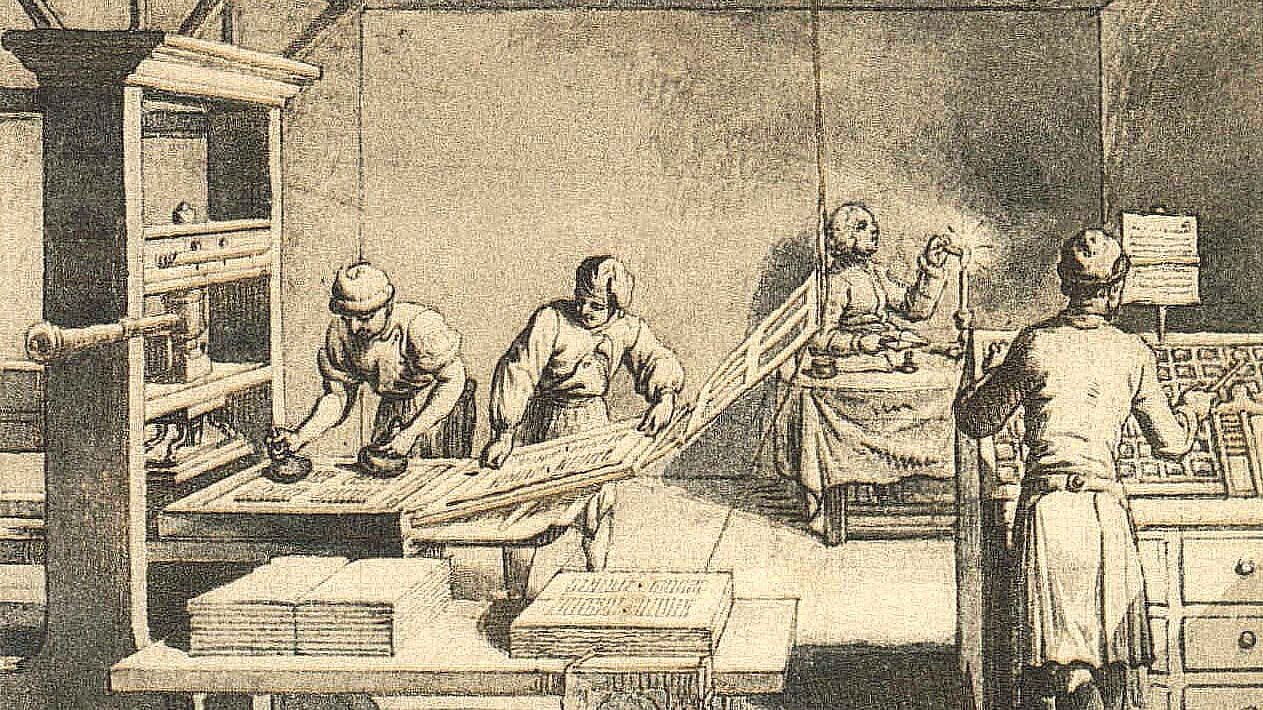Module 10. Ancient South India & Sangam Age
The Sangam Age represents one of the earliest and most illustrious periods in the history of ancient South India. Flourishing roughly between 3rd century BCE and 3rd century CE, this era is renowned for its rich literary output, advanced socio-political structures, flourishing trade, and distinctive cultural traditions. Centred primarily in the Tamil-speaking regions of the Chera, Chola, and Pandya kingdoms, the Sangam period is considered the foundation of classical Tamil civilisation.
Historical Background
The term Sangam refers to assemblies or academies of Tamil poets and scholars, which were said to have been held under royal patronage in ancient Tamilakam (modern-day Tamil Nadu, parts of Kerala, and Sri Lanka). According to Tamil tradition, there were three successive Sangams, though only the works from the Third Sangam (centred in Madurai) have survived. These literary compilations provide invaluable insights into the life, beliefs, and governance of ancient South India.
The Sangam Age coincided with the post-Mauryan period in northern India and developed independently, influenced by indigenous Dravidian traditions. The Tamil kingdoms maintained trade relations with the Roman Empire, South-East Asia, and Sri Lanka, which contributed to their prosperity and cosmopolitan culture. Archaeological sites such as Arikamedu, Kaveripattinam, and Madurai provide material evidence of this period.
Political Organisation
The political landscape of the Sangam period was dominated by three major dynasties:
- The Cheras: Ruling over present-day Kerala and western Tamil Nadu, their capital was Vanji (Karur). They were prominent traders in spices, especially pepper, and maintained contacts with the Roman world.
- The Cholas: Their territory extended along the Kaveri delta with Uraiyur and later Kaveripattinam (Puhar) as capitals. They were known for their powerful navy and maritime trade.
- The Pandyas: Centred around Madurai, they were patrons of Tamil literature and culture. They maintained an organised administration and played a significant role in the Sangam assemblies.
Besides these, several Velir chieftains ruled smaller territories, often as feudatories or independent rulers. The king, known as Ko or Vendan, was the supreme authority, aided by ministers and officials. The political structure was not highly centralised but rather clan-based and localised.
Society and Culture
The Sangam society was hierarchical but relatively fluid compared to later rigid caste structures. It was broadly divided into four occupational classes:
- Arasar (rulers and nobles)
- Anthanar (priests)
- Vanigar (traders)
- Vellalar (farmers)
However, caste distinctions were not as rigid as in later centuries. The status of women was comparatively high; literary sources mention women poets like Avvaiyar and Nachchellaiyar, and some women even participated in battles and governance. Marriage and chastity were highly valued, and widowhood was socially accepted without ostracism.
Religion was diverse and inclusive. The early Tamils worshipped natural elements such as Murugan (god of the hills), Mayon (Vishnu), Korravai (war goddess), and Varunan (god of rain and sea). Ancestor worship and hero stones (nadukal) were common practices. Over time, Jainism and Buddhism also found followers, reflecting an open spiritual environment.
Economy and Trade
The economy of the Sangam Age was predominantly agrarian, with the fertile plains of the Kaveri and Vaigai rivers supporting intensive cultivation of paddy and millets. Agriculture was complemented by pastoralism, fishing, and hunting in less fertile regions.
Trade and commerce played a vital role in economic prosperity. Internal trade was facilitated through fairs and markets, while external trade connected Tamilakam with the Roman Empire, Egypt, Arabia, and South-East Asia. The Roman demand for pepper, pearls, and textiles led to significant inflow of gold coins, as evidenced by numerous Roman coins unearthed in Tamil Nadu. Ports such as Muziris (Muchiri), Arikamedu, and Kaveripattinam served as major centres for maritime trade.
Craftsmen excelled in metalwork, pottery, weaving, and bead-making. The use of iron tools and irrigation techniques advanced agricultural productivity.
Literature and Language
The Sangam literature, composed in classical Tamil, remains one of the oldest bodies of secular literature in India. It is classified into two broad categories:
- Ettuthogai (Eight Anthologies)
- Pattuppāṭṭu (Ten Idylls)
Notable works include Akananuru, Purananuru, Kuruntokai, and Natrinai, which provide vivid depictions of love, war, heroism, and ethics. The Tolkappiyam, the earliest Tamil grammar text, also belongs to this period and outlines linguistic, literary, and socio-political norms.
The poems reflect two distinct themes:
- Akam (love and personal life) – dealing with emotions and human relationships.
- Puram (public life) – dealing with valour, generosity, and social values.
The style is noted for its poetic beauty, simplicity, and moral depth.
Art, Architecture, and Urbanisation
Although limited architectural remains survive, archaeological excavations suggest that urban centres such as Kaveripattinam and Madurai had structured layouts, brick houses, granaries, and streets aligned for trade. The use of megalithic burials, urns, and black-and-red ware pottery was widespread.
The arts of music and dance were integral to Sangam society. The classical Tamil music system, precursors of Carnatic music, and dance forms like Koothu flourished under royal patronage.
Decline and Legacy
The Sangam Age gradually declined by the 3rd century CE due to political upheavals, invasions, and the rise of new dynasties such as the Kalabhras, who disrupted the established order. Despite this decline, the legacy of the Sangam period endured through its literature, language, and cultural ethos. It laid the foundation for later Tamil kingdoms like the Pallavas, Cholas, and Pandyas, influencing South Indian civilisation for centuries.

